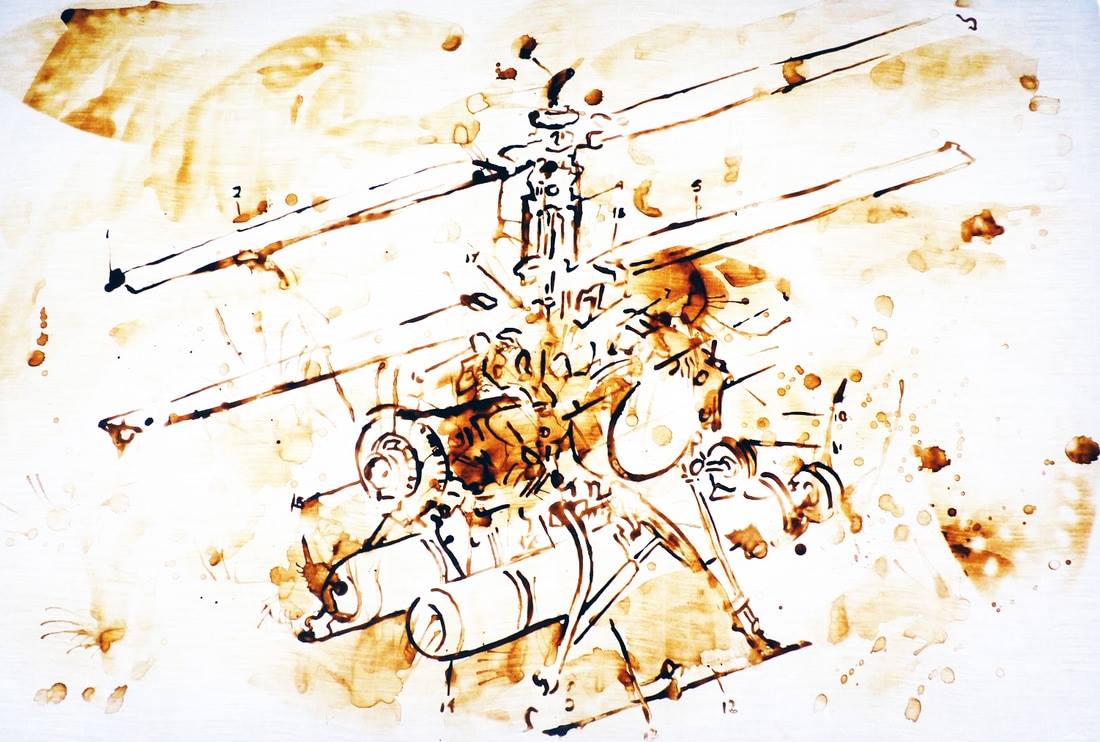
Vernissage / Ausstellungseröffnung / 25.05.2018
Exhibition ongoing from
26th of May until 10th of June 2018
Lisa Glauer
MATERIAL RESISTS CONCEPT
How I became the material resisting my own concept
„I am just not that good at being amazing,“ she said.
Permanently embarrassed by her independently speaking body, she brought safety pins and thread and needle to safely enclose her breasts in the too expensive blouse she had bought for the interview, when, instead… the zipper of her pants popped open on stage in the middle of her presentation! “Welcome to the club”, Robert said, after he finally managed to stop laughing, tears streaming down his face. “There you were, fearing your uncontrollable freedom fighter tits, and instead..”
and he doubled over again.
“You really are one of us now. I check my zipper at least five times a day myself.”
COVERING
“To cover a piece” is a practice known from popular music. It creates and marks the original as such by re-citing it in the form of a new interpretation. Journalists cover stories. The source, to which the cover version refers, while visible, is partially obscured, in my work with milk as painting material. The elaboration of a drawing process with mother’s milk requires persistence and resistance to ridicule, it often comes across as oddly or even annoyingly obsessive, involving suspension of knowledge of what makes sense (“this can not be done”), the extended performance might appear to be an absurd provocation or mockery of detail oriented and serious scientific processes working on the question of how matter becomes material in this way.
To produce human breastmilk drawings, image sources are found, photos, drawings and film sequences sifted through, researched according to technical terms, digitally enlarged, printed and edited. The printed templates are placed on a light table and traced in milk. In doing so, the specific properties of splattered milk were used to spray around and highlight some areas and obscure others. Experimentation led to figuring out how milk moves if used with a brush or a pen to draw and/or paint and how it would splatter, how large and pointed the individual spots would thin out and become lighter, how to make the milk move with a blow dryer so the splotches would tend more in one or the other direction, and how to develop a solid sense of the degree of blackness the material would have when it was burned with a technically adjusted iron. The image sources are selected according to their content, but also because of their formal qualities. The entire range of material variations are explored and used: shading, brush strokes and lines taper off and are layered, thickened, dramatically splashed, and perspectives are used and exploited to achieve a maximum atmospheric effect.
